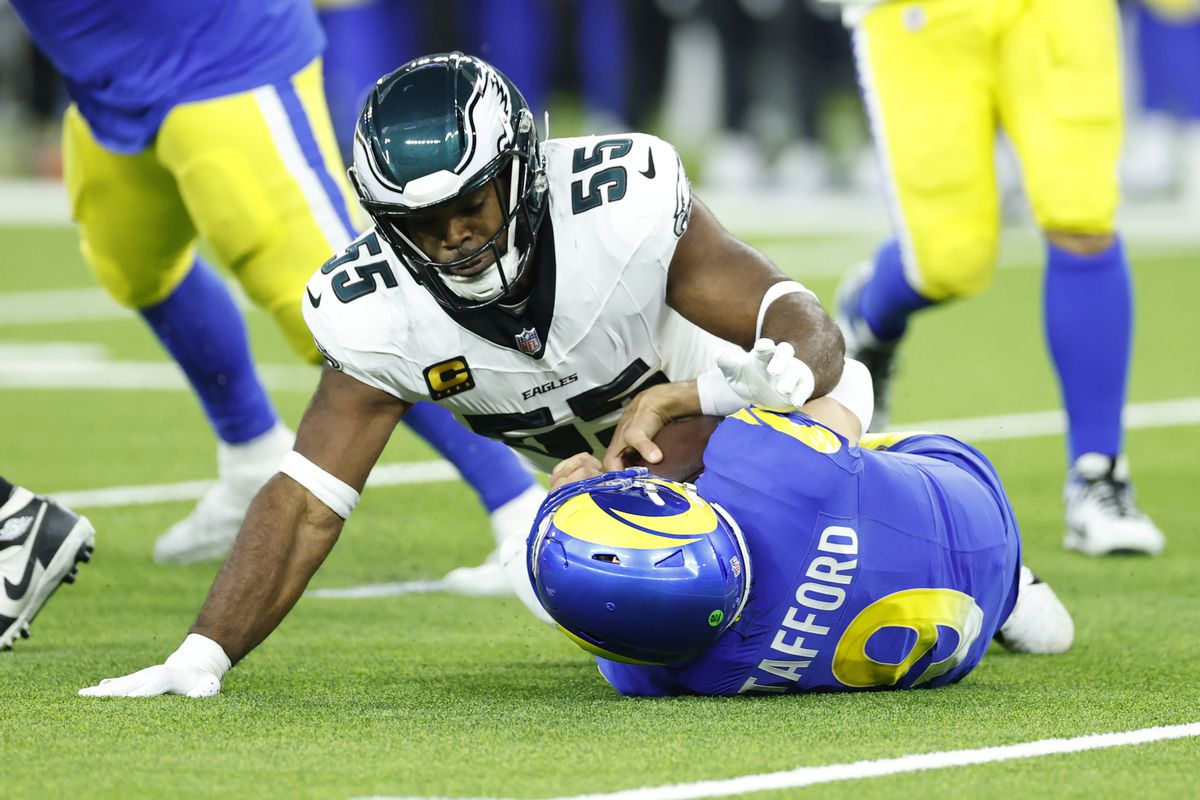Rachel Dolezal
[Op-Ed]
The recent case of Rachel Dolezal, the White woman who reinvented herself as African American and headed the Spokane, Washington NAACP, is just the latest sensationalized instance of “passing.”
Though reports of Black and mixed-race individuals pretending to be White far outnumber reports of Whites masquerading as Black, curiously, this rare but persistent practise has attracted considerable attention.
In the 1800s there were documented cases involving poor Whites kidnapped, declared mulatto, and sold into slavery. In the 1900s the typical scenario presented Whites as intimate partners of Blacks or Whites who lived among them and found it convenient to either manufacture Black ancestry or did nothing to rectify the misconception folks had that they were part Black.
A well-researched example, detailed in the acclaimed biography Passing Strange in 2009 by Martha Sandweiss, is that of blue-eyed Clarence King who in the late 1800s was a renowned White scientist by day but by evening resumed his fake identity as James Todd, a Black Pullman porter who lived with his Black wife and their two biracial children in Brooklyn, New York.
More widely publicized was journalist John Howard Griffin who in the late 1950s managed to darken his skin sufficiently to pass as Black in order to report on the ordinary treatment of Blacks in the Deep South. His experiences resulted in the both a bestselling book and movie of the same title: “Black Like Me.”
Like other Blacks who grew up in the segregated South in the 1950s and 1960s, I have personal acquaintance with passing, even with Whites passing as Blacks.
I recall as a young boy visiting a downtown shoe repair shop with my father and being told that the middle-aged shoe repairman, who looked typically Caucasian to me, was actually a White man who preferred living as a Black. As a teenager, while doing a family genealogy report, I came upon a daguerreotype that had my great grandfather standing in a group of well-dressed Black men.
When I mentioned to my grandmother that he looked like the whitest White guy I ever saw –with his white beard and gleaming face he stood out in the group– she said he was in fact a White man who preferred the company of Blacks.
Also, I recall a dark-skinned couple who resided two blocks away in my middle class Birmingham neighborhood adopted a boy named Daryl who was just a year or two younger. Everyone knew that the kid was adopted and that he was White, which to us was quite obvious.
And although he was fully accepted by everyone in the neighborhood he was known to be highly sensitive about being thought of as anything other than Black, and would jump down your throat in a flash if you insinuated otherwise. “I’m a nigger,” he repeatedly proclaimed as if to reassure any doubters within earshot.
Though I did not have absolute, scientific proof that these persons were totally devoid of African heritage I was curious and wondered why, regardless if they had a drop of Black blood or not, did they self-identify as Black or chose to stay in a Black community when they could have asserted they were White with all the advantages that implied.
But the broader, nagging question remains: Why do recurring stories of passing still fascinate us? We have long been aware of these stories about passing. It has happened before, it will happen again, and be assured there are those who will remind us once again of this byproduct of America’s ongoing obsession with race.
Robert Fikes, Jr., Librarian
San Diego State University








